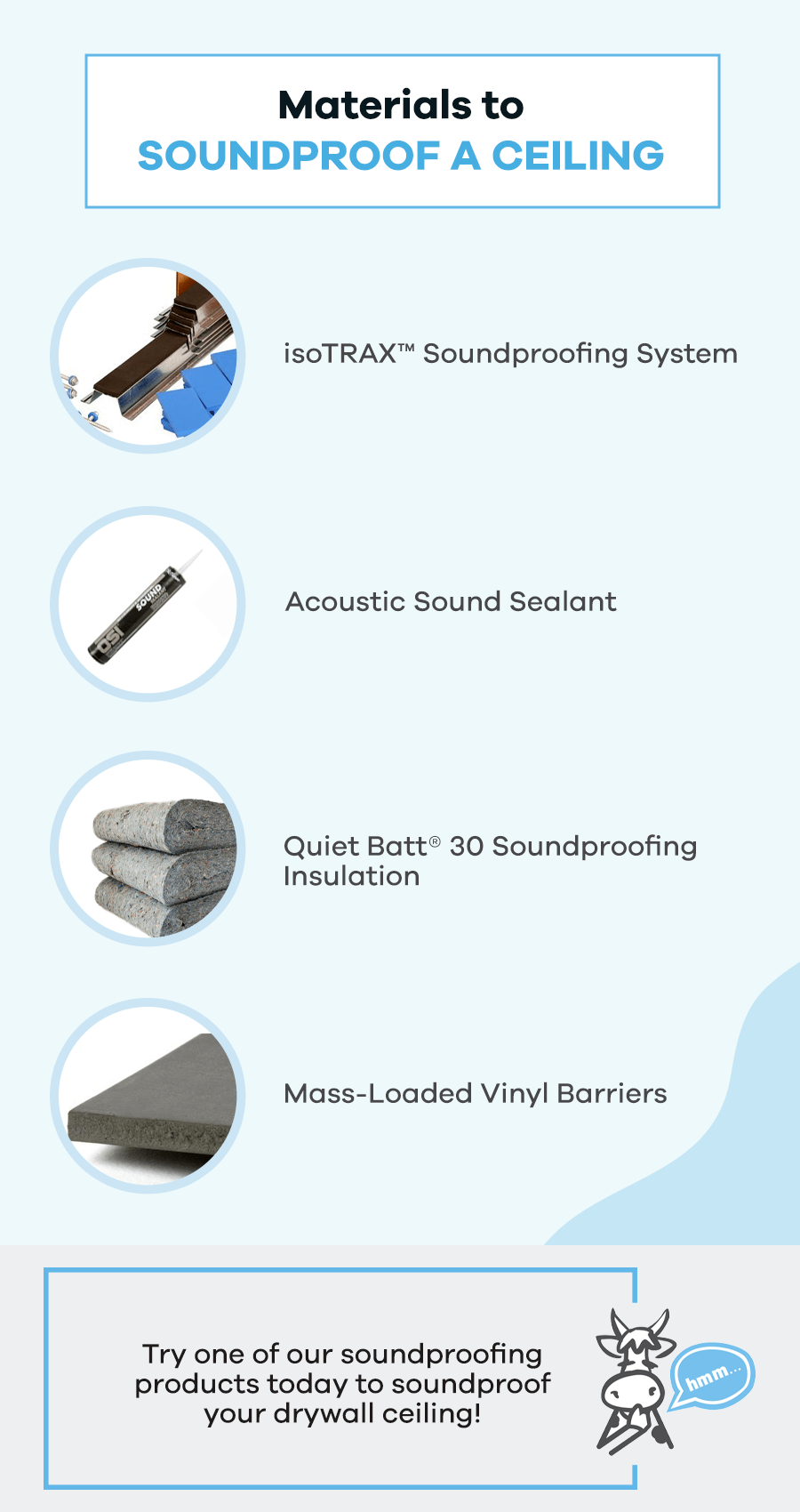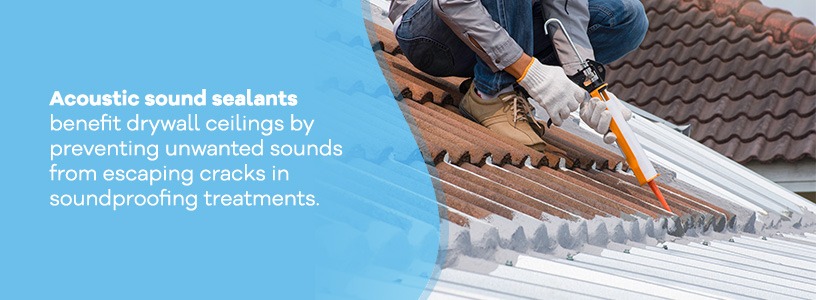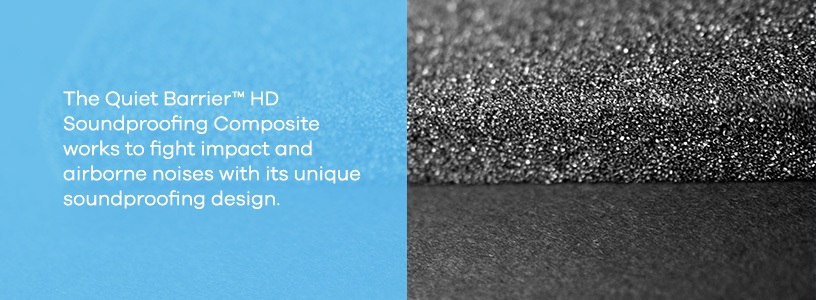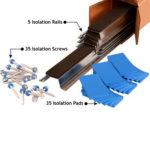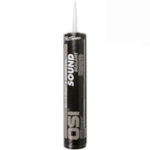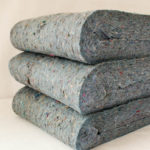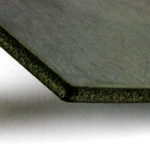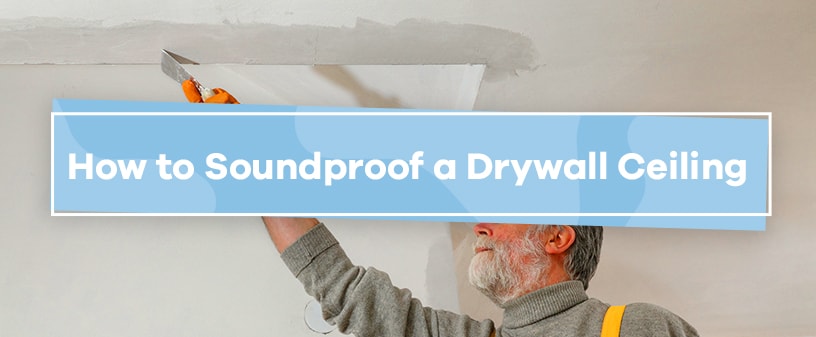
A drywall ceiling can be extremely useful, but can also create problems. Specifically, a drywall ceiling that lacks soundproofing transmits a lot of sound from above. This problem can be frustrating if you’re in a room where the need for noise control is paramount.
Fortunately, there are many ways to effectively soundproof a drywall ceiling to prevent most unwanted sounds from entering or escaping the space. Here’s how.
Tips for Soundproofing Drywall Ceilings
The trick to soundproofing a drywall ceiling is controlling these two factors.
- Airborne noises: Noises that travel through the air, caused by sound vibrations. Examples of airborne noises are people talking, dogs barking or your upstairs neighbor’s television in the middle of the night.
- Impact noises: Noises that travel through a medium as a result of physical contact. Examples of impact noises are the sounds of footsteps, dishes clashing together or someone knocking on your door.
Control both noises by creating a “floating ceiling.” Place a soundproofing barrier between the ceiling and drywall. This sound-absorbent barrier makes minimal contact with the other two levels. It limits the paths airborne and impact noises can take when traveling through the drywall ceiling.
Also, you can attach joists to the ceiling, allowing you to affix additional soundproofing insulation — just as you would soundproof a wall — for greater soundproofing power. Adding soundproofing insulation also saves energy costs by preventing heat from escaping during the winter or entering during the summer.
Ways to Soundproof Drywall Ceilings
Here are some tools you can use to soundproofing your drywall ceilings.
1. isoTRAX® Soundproofing System
Our isoTRAX® Soundproofing System is perfect for drywall ceilings since it truly floats — suspended over vibration isolators without any hardware contacting the ceilings, where the drywall only touches an isolated foam cushion.
This combination stops impact and airborne noises in its tracks. Use isoTRAX® Soundproofing System to thoroughly and efficiently soundproof your ceiling. And, you can use the isoTRAX® Soundproofing System in your walls for complete commercial or residential soundproofing.
2. Acoustic Sound Sealant
When applying the isoTRAX® Soundproofing System, use our OSI® Pro-Series SC-175 Acoustic Sound Sealant. Acoustic sound sealants benefit drywall ceilings by preventing unwanted sounds from escaping cracks in soundproofing treatments. It’s also compatible with flooring systems, wall-penetrating equipment, door sills and other exposed and unexposed projects.
3. Quiet Batt® Soundproofing Insulation
Our popular Quiet Batt® Soundproofing Insulation is an excellent solution for soundproofing a drywall ceiling against airborne and impact noises and blocking heat transfer.
You can easily install this environmentally friendly insulation by nailing it to joists and caulking to seal. The Quiet Batt® Soundproofing Insulation material fits snugly between wood and metal studs — and, it’s so environmentally friendly, you can apply it with your bare hands!
4. Quiet Barrier® HD Soundproofing Composite
The Quiet Barrier® HD Soundproofing Composite has a unique soundproofing design that makes it perfect for drywall ceilings. This soundproofing tool has two layers — first, a membrane that absorbs impact noises, and second, an acoustic-grade, polyurethane foam that controls airborne noises.
Install Quiet Barrier® HD Soundproofing Composite into your ceiling assembly. It’s thin and flexible, compatible with almost any ceiling. Add this soundproofing composite to your walls for a complete soundproofing solution.
5. Mass-Loaded Vinyl Barriers
Mass-loaded vinyl barriers are a great option for soundproofing your drywall ceiling. MLV is an environmentally friendly alternative to lead-based options. Their soundproofing power comes from salts, sands and tiny metal particles. MLV barriers add mass to your ceilings, limiting the number of soundwaves that pass through.
Apply MLV barriers by placing them between existing drywall layers. We offer varying thicknesses, including 1/4″ and 1/8″ options.
Contact Soundproof Cow for More on Creating a Soundproof Ceiling
At Soundproof Cow, our professionals have served residential and commercial DIYers with the best soundproofing equipment for over two decades. We want to provide you with the right tools for your drywall-soundproofing project.
For more tips on soundproofing your drywall ceiling or other parts of your commercial or residential building, get in touch with Soundproof Cow today. Contact us online or give us a call at 866-949-9269.



